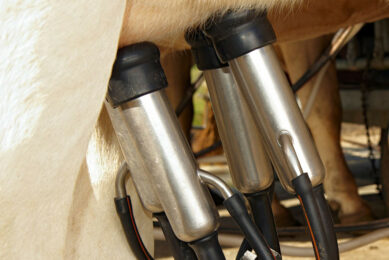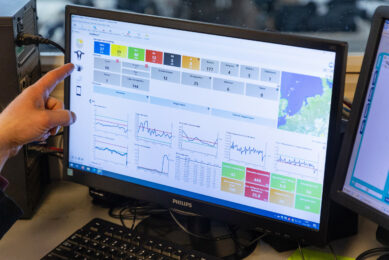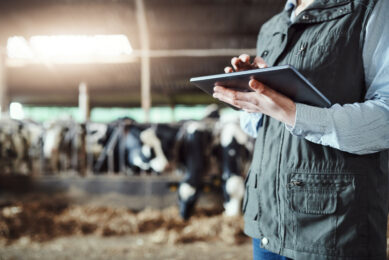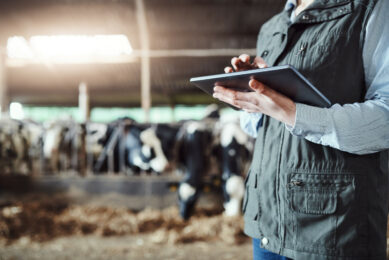The dairy barn of the future is taking shape
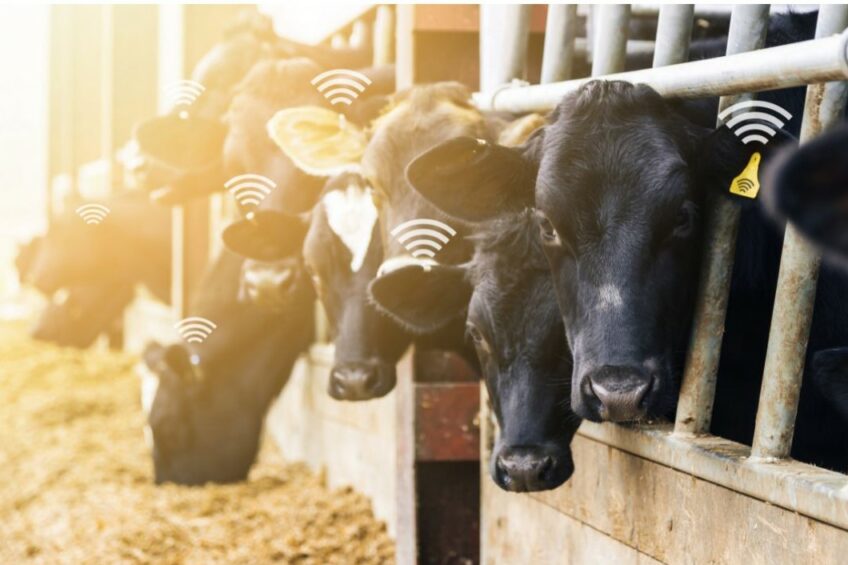
Progress continues in one of the most ambitious research programmes to advance the use of technology in dairy farming: the Cornell Agricultural Systems Testbed and Demonstration Site (CAST) for the Farm of the Future.
There, dairy farming’s digital transformation is being advanced from many angles: cattle sensors, predictive analytics, autonomous equipment, environmental monitoring, data integration and traceability along the supply chain.
CAST actually extends across 3 sites in the state of New York: the Cornell University Ruminant Center in Harford, the Musgrave Research Farm in Aurora, and the Cornell Teaching Dairy Barn in Ithaca.
The project is headed by Dr Julio Giordano, associate professor of animal science at Cornell. One of his doctoral students, Martin Perez, is developing and testing automated monitoring systems for dairy cows in order to improve their health and well-being, and to boost farm efficiency and sustainability. He has already evaluated commercially-available sensor systems that tracked rumination patterns and cow activity levels, but now the research is going further.
Earlier treatment
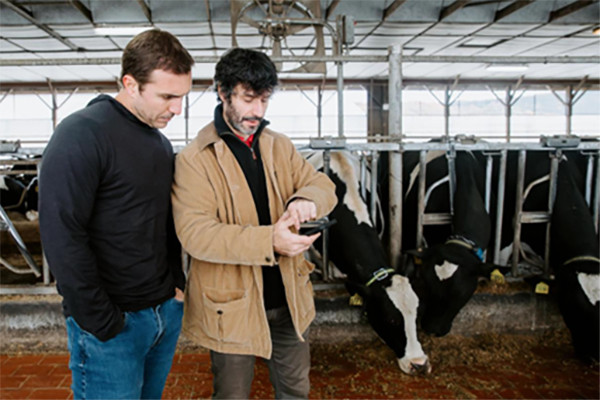
Perez recently investigated whether automated cow monitoring systems are effective in detecting mastitis and other conditions, enabling earlier treatment (better cow health and milk production as well as cost savings).
In a randomised clinical trial, Perez and his team conducted intensive manual checks on one group of cows while they monitored another group with automated sensors. Perez recently reported that cow performance didn’t differ between the groups, indicating that automated sensors were just as effective as intensive human inspection. He also noted that the sensor systems can be used to track cow health without negatively impacting the cows, which he says validates their potential for health management.
Cornell animal science department student writer Caroline Stamm also notes that his current research combines multiple sensor streams – rumination, activity, body temperature, feeding behaviour and more from a mix of wearable and non-wearable sensors.
Perez analyses the data using machine learning algorithms to identify patterns that might indicate potential health problems, and is combining this automated analysis with more established methods. “This approach allowed us to develop algorithms that perform well in real-world settings,” he says, adding, “We’re currently testing them on commercial farms.”
Perez plans to also look at whether early sensor alerts could guide preventative treatments.
Breeding and nutrition
Other CAST projects include demonstrating and enhancing existing semi-automated and automated tools for reproductive-status monitoring and breeding support. In addition, researchers are aiming to “optimise feeding and nutrition management through data-driven ration formulation, and automated monitoring and management of feed and animal responses to feed.”



